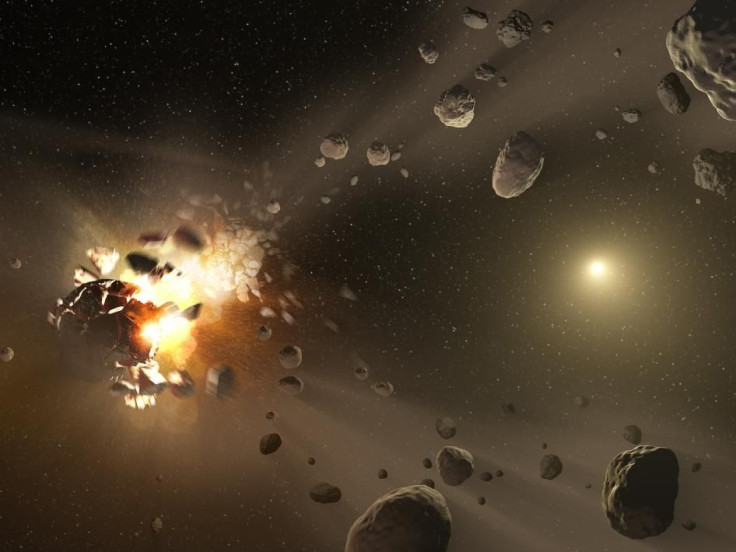426-Foot Asteroid To Make Close Approach To Earth On Sunday
KEY POINTS
- A 426-foot asteroid as big as the Great Pyramid of Giza will pass by Sunday
- The NEA is identified as 2020QD5
- The NEA will make its flyby about 4 million kilometers (2.5 million miles) from the planet
NASA's asteroid tracking system has detected a Near-Earth Asteroid moving toward the planet, and it's as large as The Great Pyramid of Giza in Egypt.
NASA's Center for Near-Earth Object Studies (CNEOS) has reported a 426-foot asteroid heading toward Earth on Sunday. The said asteroid, identified as 2020QD5, is unlike most of the NEAs that have been making their flyby past the planet this month.
According to CNEOS' Close Approach Data Table, 2020QD5 will be towering most of the NEAs with its diameter of 426 ft (130 m). An asteroid as big as 2020QD5 is about as big as the Great Pyramid of Giza in Egypt, the largest of the three royal tombs built for pharaohs in the ancient world, which currently stands at around 450 ft. For those residing in New York, the NEA is about one-and-two-fifths times as tall as the Statue of Liberty. The statue stands at 305.10 feet, including the pedestal which it stands on.
The CNEOS data table also indicated that the said giant is expected to make its way past the planet at 11:13 p.m. EDT, Oct. 25. Flying at a distance of almost 4 million kilometers (2.5 million miles) from the planet's surface, 2020QD5 will be safely zipping by Sunday evening.
Although 2020QD5 truly is intimidating due to its extensive diameter, the European Space Agency (ESA) has not included the NEA in its Risk List. The agency is closely observing the NEA until it successfully makes its flyby past the home planet on Sunday.

First observed on Aug. 23 from the Pan-STARRS 1 Haleakala in Hawaii, 2020QD5 is classified as an Apollo asteroid due to its Earth-crossing orbit. Apollo asteroids have orbits that intersect with that of the Earth's, making close approaches with the planet highly likely.
NASA's CNEOS performs long-term analyses of possible future orbits of asteroids and is responsible for searching for impact possibilities within the next century. Should there be an impact to happen in the future, CNEOS will be predicting the impact time, location and geometry of the asteroid.
© Copyright IBTimes 2024. All rights reserved.





















